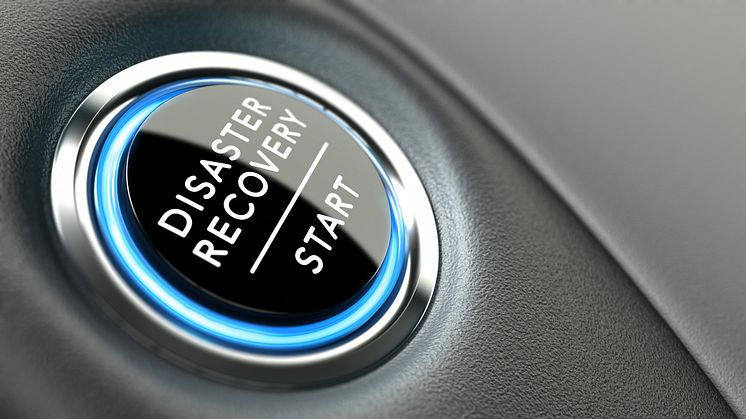
Blog post -
Seven earnest observations in crisis communications
by Patrick Nathan
I have had the opportunity to meet with a number of organisations these past few months to talk about crisis management and crisis communications.
Here are seven observations worth sharing.
- Learn from how others handle crises. Someone in your team or your assigned agency must monitor what is going on in the real world, and draw lessons for crisis management and crisis communications relevant to your own organisation. We have had several incidents in recent months, from the Visa Service Disruption to Prudential’s incorrect Giro deduction and SingHealth’s data breach. There are positive lessons to be learnt as well, as in the case of how Prudential handled its crisis.
- Your digital reputation is yours to lose. Many large organisations, especially those with a global footprint, may leave it to their Corporate HQ to coordinate their SEO work. But there’s nothing like having a stake in or some local control over this very essential, fundamental capability. SEO is no longer a good to have but a basic hygiene issue these days. The same applies to (traditional and social) media monitoring and social media engagement. Monitoring (and intervention) are critical to addressing perception gaps and distortions of the truth. And having this represented on a dashboard for situational awareness with an ability to drill down and perform analytics across functions is a necessity. Bottomline: I would argue for local capability and control.
- B2B and B2C is a false dichotomy. Because ultimately everyone’s a customer. And because it is in the innate nature of corporates to transfer risk, a B2B organisation must be prepared to deal with issues it would assume it is naturally insulated against. Degrees of separation collapse when a crisis hits anywhere along the supply chain.
- There’s more to risks and crises. There is a full spectrum to risks and crises few organisations truly appreciate: Risk anticipation, risk management, contingency planning, crisis management, crisis communications, business continuity and recovery. This last piece, recovery, includes rebuilding trust and confidence. A full range of risk scenarios should be developed as part of your ERM process. These risk scenarios would need to be translated into the full range of risk mitigation, crisis management and crisis communications plans. And these would need to be prepared and implemented in coordination with your business partners along the supply chain. Adding to this, a keen understanding of the regulatory environment and regulatory requirements in each country is crucial, and comprehensive stakeholder mapping is critical.
- Get really serious about anticipation. There are some very good examples of corporates who have taken this on as a serious business. The question is, have you? It’s not going to eliminate strategic surprise altogether but at least it widens the aperture for anticipating risks (and opportunities) on the horizon, and gets you better prepared for crises. And while you may not anticipate a specific risk, analyzing and understanding the species of risks you have greatest exposure to can be a profitable exercise. Also, you can’t just depend on the combined wisdom of your management and board to anticipate risk. There are structured processes and techniques out there that help you think out of the box. Scenario planning is just a modest beginning.
- There’s really more to a crisis comms manual. It needs to be a really useful resource that has marked out a specific set of scenarios that closely correspond with the risks identified in your ERM framework. These scenarios are ranked according to the impact crises may have on operations, and to the impact they have on customers and the wider community. The ranking is also consistent with a set of criteria that determine the news value and consequent PR risk of any given scenario. You need to make sure your team is familiar with the crisis comms manual and frequently reviews each scenario to keep its contents updated.
- Digital needs to be balanced by traditional. We attach the prefix "digital" to branding, marketing and communications in general. But depending on the context we operate in and the community we serve, we need to have a proper blend of traditional, digital and social media platforms as well as more direct community engagement channels.
What are your thoughts? Comment below.
